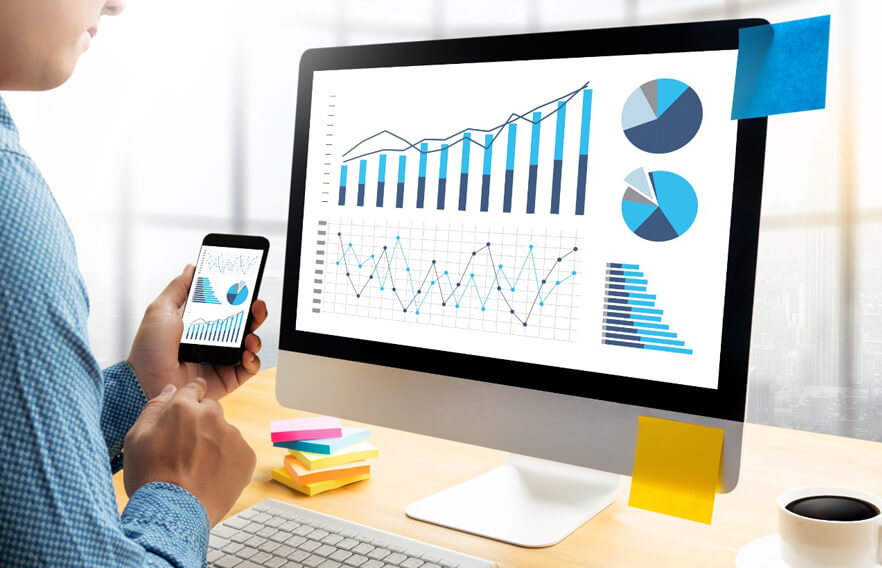Graph analytics is being used across industries for different reasons. Read on to see how they can improve organizational decision-making, network analysis, production and more.
If you want to understand relationships, graph analytics is the way to go. While graph databases and graph theory aren’t new, graph analytics is finally ready for prime time.
